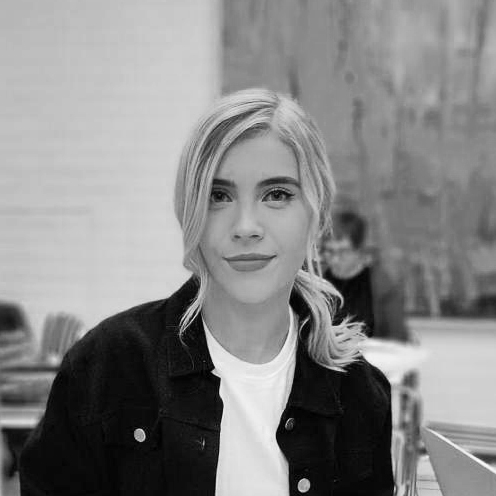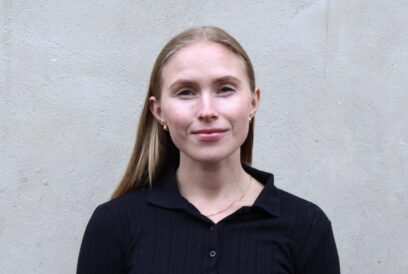
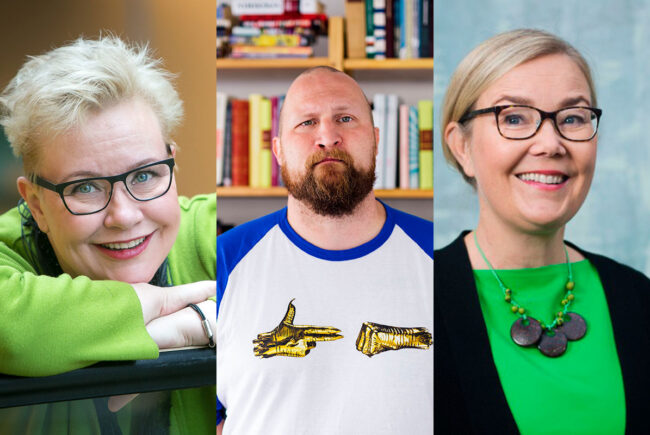
Learning about climate is more crucial than ever – but we still have too few opportunities and places for informal climate learning. How can climate awareness be facilitated in urban spaces with a high population density? A MEP, a rap artist, and the CEO of WWF Finland answer.
Sirpa Pietikäinen, Politician and Member of the European Parliament
“My best climate learning experiences are usually encounters with people. Even though I read a lot of literature on climate change, the most meaningful kind of learning almost always happens in situations, where I meet citizens and experts, and participate in different kinds of events.
There are several memorable moments that taught me particularly fascinating things about our climate. One of my most important lessons was learning about the planetary boundaries –understanding the concept of the Earth’s limits.
Understanding planetary boundaries helped me to comprehend the systematic nature of climate change, meaning that the crisis is growing exponentially and the issues impacting it are also interrelated. If we don’t make major changes now, it might soon be too late.
Learning about climate change as a separate entity is not enough, and only increases anxiety. Merely understanding the systematics of the phenomenon does not help us to see the cause-effect relations and, most importantly, does not inspire us to take action.
For this exact reason, we should focus on teaching children more natural sciences and especially ecology. The current level taught at schools has proven insufficient for learning about the tangible facts of climate change.
We should prioritise bringing climate themes to easily accessible channels, to the people whom the climate messages do not usually reach.
A great example of increasing climate awareness was a city walk based on Edward O. Wilson’s 1998 book, ‘Consilience. The Unity of Knowledge’. The walk followed a path several kilometres long, filled with paintings representing the developments of life on Earth. At the beginning of the path, there was a painting of ‘the Big Bang’. After seeing the first painting, you had to walk several blocks to get to the next phases of the history on Earth.
Little by little, the distance between the paintings began to shorten and the majority of all paintings were located in the last block of the walk. This block included phases like the extinction of the dinosaurs, the birth of mammals and the whole history of homo sapiens – all this in the very last steps of the walk. Our part, the entire industrial era, was but a tiny piece about half a centimetre long.
I think a city walk is a brilliant idea for facilitating eco–social learning, and I would like to see the organisation of similar events focusing on climate issues. On a climate–themed city walk, things could be taught starting from the basics like explaining the differences between changes in weather and climate change.
Another concrete idea for informal climate learning would be the creation of an easily approachable television programme on climate change that could be broadcast on national channels. Such a programme could be produced in a similar sense to Neil deGrasse Tyson’s programme on National Geographic, in which he, for example, explains climate’s connection to weather by walking a dog on the beach.
The problem, I think, is that we do already have programmes like this, but they are only broadcast on certain channels, such as above-mentioned National Geographic. We should not direct climate education only to people who are already tuning into these channels, and are most probably previously educated on climate issues.
Instead we should prioritise bringing climate themes to easily accessible channels, to the people whom the climate messages do not usually reach.”

MEP Sirpa Pietikäinen thinks that a city walk is a brilliant idea for facilitating eco-social learning.
Paleface, Rap-artist and Environmental Activist
“I was a kid when I first learned about climate change, as the consequences of the greenhouse effect were debated on television. I had not heard about the greenhouse effect; I remember trying to figure out what it was all about – even the word sounded very peculiar.
The global discussions I saw on TV had to do with the 1987 ratification of the Montreal Protocol on Substances that Deplete the Ozone Layer, an international agreement aiming to protect the ozone layer by phasing out the use and production of harmful substances.
The very public ratification of the treaty was pioneered to raise climate awareness and was seen as the first big breakthrough of global climate action.
Later, in the 1990s, I took an interest in a new standpoint on climate – a few of my friends had joined the conservation movement and were active members of environmentalist organisations. The ideas rubbed off on me, and I thank the movement for my strong, even rather radical views on climate activism.
Climate change only began to be raised as an issue in public discourse a little later, at the turn of the 20th century. During the 2010s I have been actively participating in climate action: I made a song on climate change, I perform at climate events, publicly speak on the issue and encourage people to take part in the ‘January Vegan Challenge’.
Recently, I have also learned more by attending the insightful events organised by a Finnish climate society, Storm Warning ry. The society involves various artists, cultural figures and experts who are interested in solving climate related issues.
Their events are excellent places for climate learning that goes beyond weather phenomena. I now know how the climate crisis is affecting different aspects of global food production and causing death, tropical illnesses, species extinction and an increasing number of harmful pests.
But still, as a result of my background in punk and activist movements, my climate awareness is also closely linked to a wider critique of the consumer society. Most of us do not see that the impact we as humans have on our nature is ludicrously great, even though it is right in front of us.
Climate denialism often stems from the same place as anti-immigration and anti-feminist ideologies and no-one is truly challenging these damaging viewpoints.
I think the biggest battle we are currently faced with is the divergence of realities. Everyone is speaking their mind, whether they are experts on the matters at hand or not. This results in denialist propaganda against climate spreading over social media – videos and posts that are demonstrably untrue are gaining millions of views around the world.
Furthermore, climate denialism often stems from the same place as anti-immigration and anti-feminist ideologies and no-one is truly challenging these damaging viewpoints.
My proposal is that we encourage both the media and scientific communities to take stronger stances against these fraudulent, divisive claims. We need more powerful ways to eradicate the populist ideas that are keeping us from acting on critical issues.
We, as citizens, also need to start demanding change. We must support actors that are doing good, and put pressure on corporations and power structures to change their unwieldy, outdated ways.
Extinction Rebellion, which began in the UK, is an excellent example of impactful civil disobedience. The movement has organised traffic blockades, occupied city spaces and found other ways to protest through disruption. We Finns are actually quite passive, and we especially need to adopt these kinds of bold ways to make an impact.
Fortunately, we have seen plenty of welcome developments – Fridays for Future, for example has shown us that this is truly a time for the youth and mass demonstrations.
But we need more radical activism, ideas and positive disruption. We need to break our conventions, otherwise we will remain irreversibly stuck in the ways of the past.”
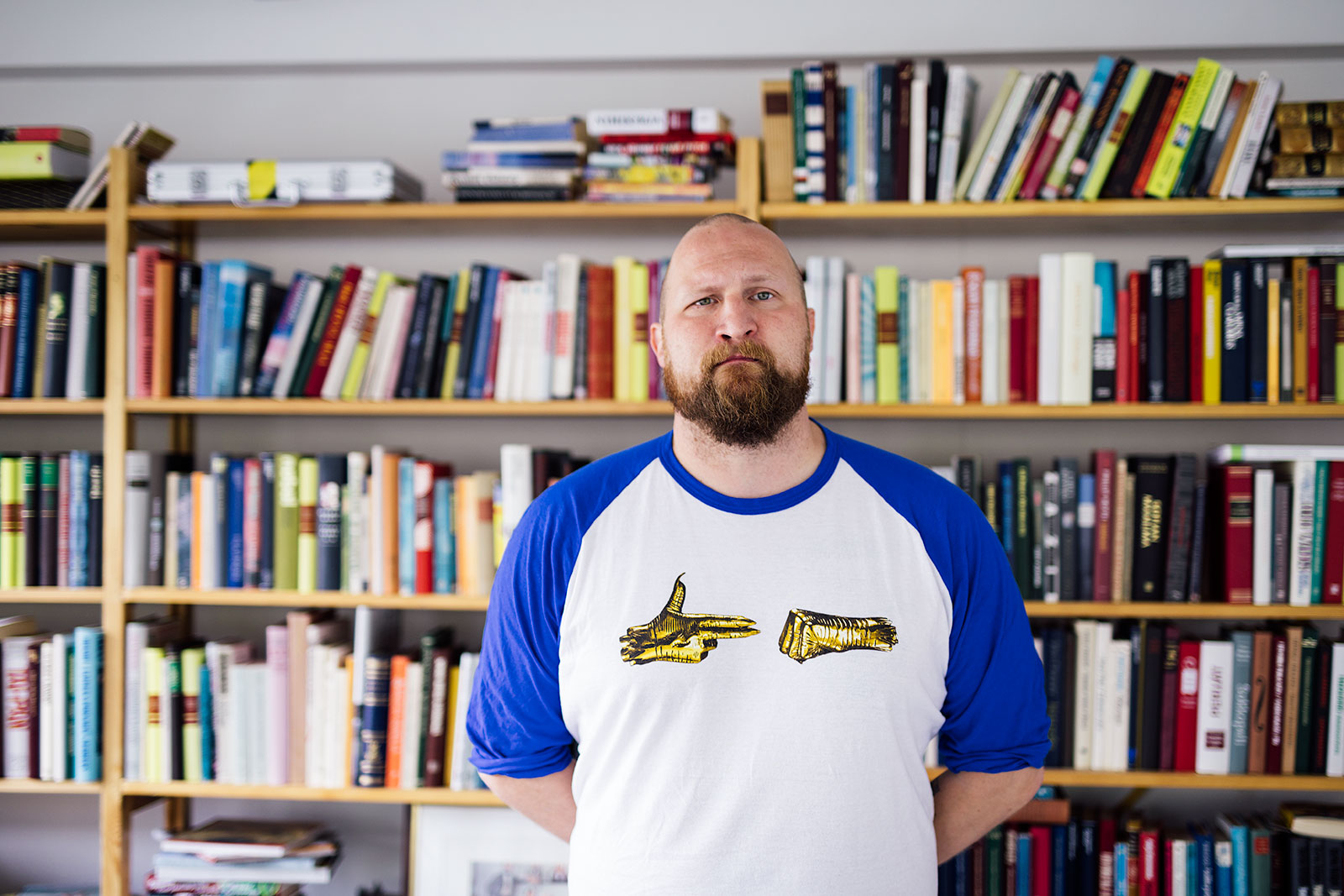
Rap artist Karri Miettinen, aka Paleface has even made a song on climate change.
Liisa Rohweder, CEO of WWF Finland
“I began my journey with climate change in 1990s while working as a principal lecturer of sustainable development and corporate social responsibility. I gave lectures on climate and its impact on people, nature and the economy. During those years I was also working on my dissertation focusing on sustainable development and how it should be implemented in the everyday practices of research, and teaching in higher education institutions.
Due to my choice of career I had already assimilated a wide theoretical background on sustainability, but later I also understood how strongly climate change is connected to the state of biodiversity and vice versa.
However, it is still largely neglected that the loss of biodiversity is as severe a threat as climate change itself – one cannot be solved without the other. Every time we plan and take climate action, we should also pay attention to its impact on biodiversity.
My second significant climate learning experience happened in the mid-2000s, when the Stern Review on the Economics of Climate Change was published. For the first time, the climate threat was introduced to the world from the viewpoint of economics, and I grasped how urgently we needed to talk about climate change from new perspectives.
If we could not involve everyone, we would never solve the climate crisis. Bringing up the financial profitability of climate change became increasingly important, because businesses and policy–makers could only be influenced by wording the issue in their language.
Climate change can only be resisted by bringing people together.
Climate change is undoubtedly an economic issue, and this can be proven. In the long run, ignoring climate change is going to cost us more than acting on it now. The year 2020 will mark 15 years since the Stern review was published. The 2005 report already showed us that postponing climate action was going to cost us astronomically and now, almost 15 years on, we are truly on a path of haste.
Amid the crisis, I find hope in the spirit of community. Climate change can only be resisted by bringing people together. In my daily work, I meet politicians, corporate leaders and ordinary citizens – people in all arenas.
When it comes to solving climate issues, interaction is vitally important. I too learn constantly when meeting new people and familiarising myself with new ways of looking at things.
WWF Youth is a great example of people coming together for collective climate action. In Finland, for example, the WWF Youth is active in five different cities, and its network extends across the nation. It continuously strives to build new communities and inspire youth around the world to take climate action, especially through the three most important issues: living, transportation and food.
The future of WWF’s climate action will continue to be based on community engagement. Coming together as human beings is effective and empowering, and supports us in the battle against eco-anxiety.”
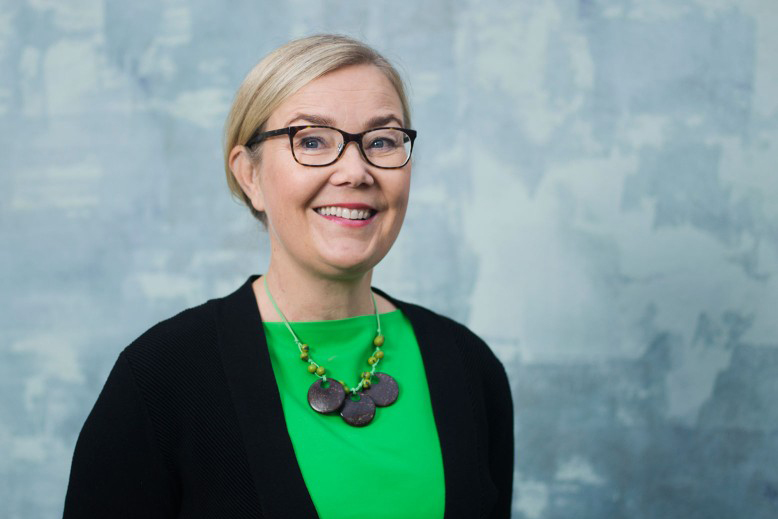
Liisa Rohweder thinks that bringing up the financial profitability of climate change is important in order to influence businesses and policy-makers.
Author
